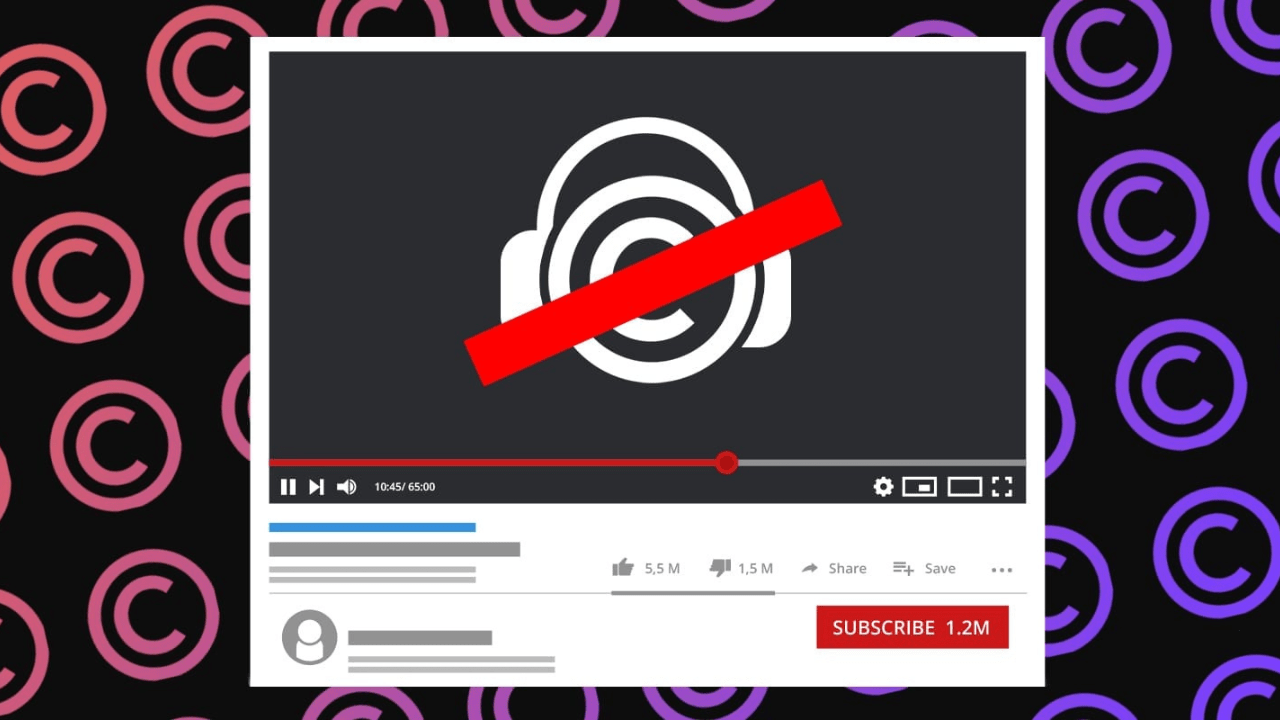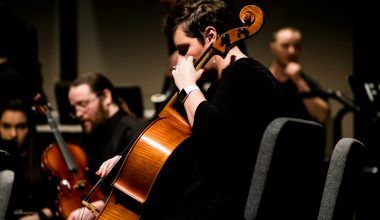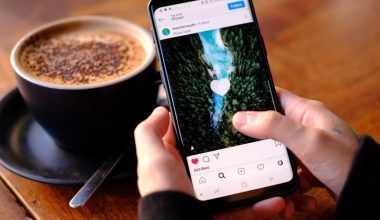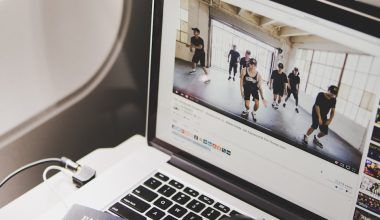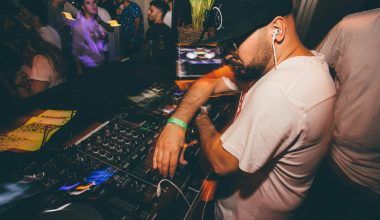YouTube is one of the most popular platforms for content creators. However, copyright claims can be a significant challenge. Many creators find themselves dealing with strikes, demonetization, or even takedowns because of copyrighted material in their videos. Knowing how to avoid copyright claims on YouTube is crucial for keeping your channel safe and sustainable.
This blog provides a detailed guide on avoiding copyright issues, understanding the rules, and ensuring your content is protected.
What Are Copyright Claims on YouTube?
A copyright claim occurs when a copyright owner identifies their material in your video. This material can include:
- Music (background tracks, sound effects).
- Video clips (movies, TV shows, other YouTube videos).
- Images (photos, graphics, logos).
Copyright claims don’t always lead to strikes, but they can result in:
- Monetization Loss: The copyright owner may claim ad revenue from your video.
- Blocked Content: Your video might be blocked in certain regions or entirely.
- Strikes: Multiple strikes can lead to channel termination.
How Does YouTube Detect Copyrighted Content?
YouTube uses Content ID, a system that scans videos for copyrighted material. When a match is found, the copyright owner is notified, and they decide the course of action:
- Claim the video.
- Block the video.
- Strike the channel (in severe cases).
How to Avoid Copyright Claims on YouTube
1. Use Royalty-Free Music
One of the most common reasons for copyright claims is background music. To avoid this:
- Use music from royalty-free platforms like Epidemic Sound, Artlist, or AudioJungle.
- Explore YouTube’s Audio Library for free, copyright-safe tracks.
- Check the licensing terms before using any music.
2. Understand Fair Use
Fair use allows limited use of copyrighted material without permission. However, it’s a complex and context-dependent rule. You can rely on fair use if:
- Your content is transformative (e.g., commentary, criticism, parody).
- You use only a small portion of the material.
- The purpose is educational or non-commercial.
3. Create Original Content
The best way to avoid copyright claims is to produce original content. Use your own:
- Music compositions.
- Video footage.
- Images and graphics.
Investing in original content protects your channel and builds your brand.
Tips for Using Copyrighted Material Legally
1. Seek Permission
Contact the copyright owner and request permission to use their material.
2. Purchase Licenses
Many platforms sell licenses for music, images, and videos. Licensing gives you legal rights to use the material in your content.
3. Attribute Properly
If the material requires attribution, include it in your video description or on-screen credits.
Tools to Help Avoid Copyright Claims
1. YouTube Audio Library
Offers free music and sound effects for your videos.
2. Music Licensing Platforms
Platforms like Artgrid, Soundstripe, and Motion Array provide licensed music for a fee.
3. Content ID Checkers
Before uploading, use tools like Tunebat or Identifyy to check if your content might trigger a copyright claim.
Common Misconceptions About Copyright on YouTube
- “I gave credit, so I can use it.”
Giving credit doesn’t grant you permission to use copyrighted material. - “I only used 10 seconds, so it’s okay.”
There’s no specific duration of copyrighted material that’s automatically fair use. - “I’m not making money, so it’s not copyright infringement.”
Even non-monetized videos can face copyright claims.
Steps to Handle a Copyright Claim
If you receive a copyright claim:
- Review the Claim
Check the details in YouTube Studio. Determine what part of your video is flagged. - Dispute the Claim
If you believe the claim is incorrect, file a dispute. Provide evidence supporting your case. - Replace or Remove the Content
Use YouTube’s editing tools to replace or remove the claimed content. - Communicate with the Copyright Owner
Sometimes, you can resolve claims by contacting the owner directly.
How to Protect Your Channel from Strikes
- Follow YouTube’s guidelines strictly.
- Avoid reusing content from other creators without permission.
- Regularly review your videos for potential copyright risks.
Monetizing Your Content Without Copyright Issues
- Use only original or licensed content.
- Partner with platforms that offer revenue-sharing for copyrighted material.
- Check YouTube’s Partner Program requirements to ensure compliance.
Final Thoughts
Understanding how to avoid copyright claims on YouTube is vital for every content creator. By using royalty-free resources, creating original material, and understanding copyright rules, you can protect your channel and focus on growing your audience.
Remember, knowledge is your best tool against copyright issues. Stay informed, create responsibly, and let your creativity shine.
Related Articles:
For further reading, explore these related articles:
- YouTube Ki ID Kya Hai? Easy Guide to Understand & Use It
- Find My YouTube Channel: Easy Steps to Locate & Promote
For additional resources on music marketing and distribution, visit Deliver My Tune.
